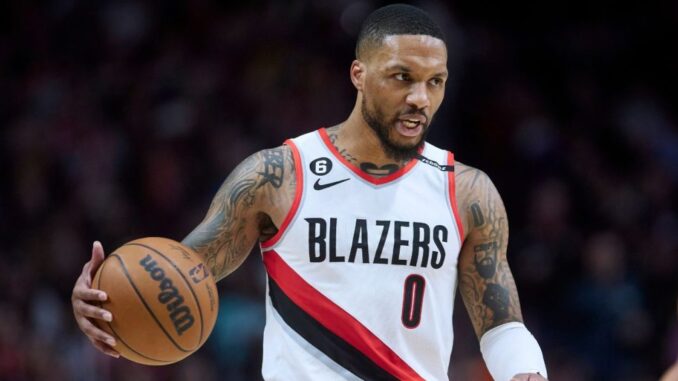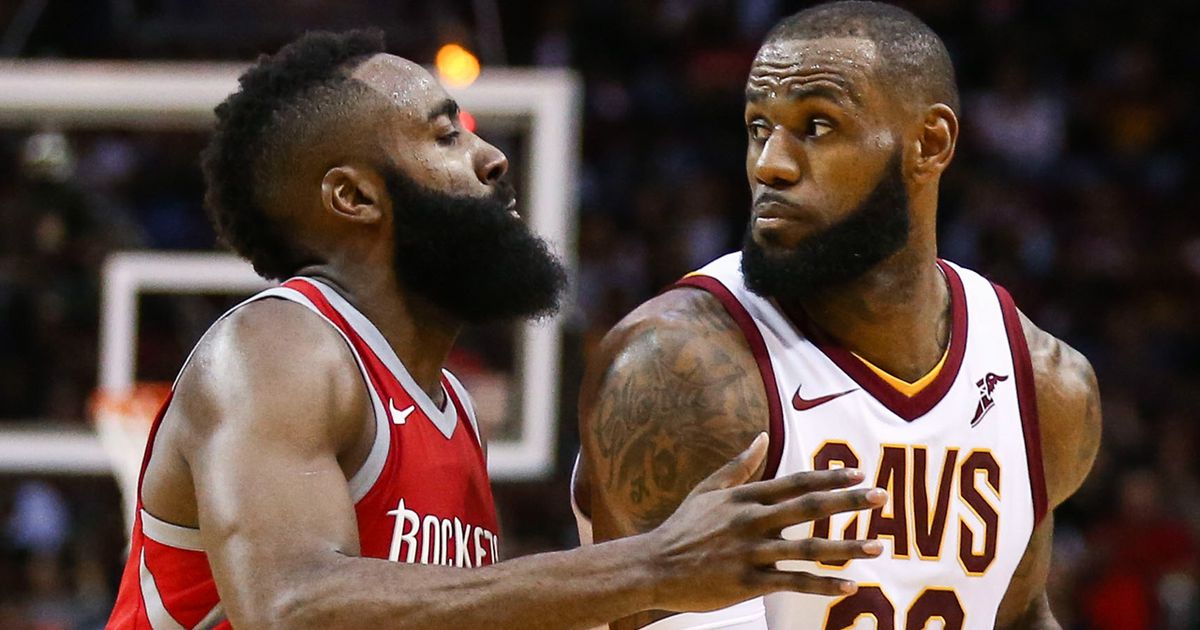
Within hours of Damian Lillard’s trade request, the Portland Trail Blazers became the talk of the league for the first time in a while, though not for the reasons they’d have liked. Lillard’s preferred destination, the Miami Heat, was initially reported by Chris Haynes as being ready for a “package centered around Tyler Herro, with possibly Duncan Robinson and picks.” It was later reported that Lillard’s agent, Aaron Goodwin, was calling non-Heat teams to warn them against trading for an “unhappy player.”
Since then, a variety of Heat packages have been suggested in return for Lillard, with prospects like Nikola Jović and Jaime Jaquez, Jr. commonly mentioned. On the other side, Jusuf Nurkić has occasionally been suggested as part of a Damian Lillard trade.
Yet as the summer comes to an official close, and with the NBA preseason less than a month away, there appears to be no substantive movement on a potential trade between the Heat and the Blazers. Not surprisingly, many Blazers fans are growing anxious about the process as a result.
But despite the weirdness of suddenly falling out with a franchise legend, the Blazers have little incentive to actually make a trade with the Heat materialize, at least in the short term.
That’s because the Blazers have the luxury of time, whereas neither Lillard nor the Heat do (assuming that no other teams make trade offers for Lillard, as currently appears to be the case). The Blazers are focused on a rebuild next season, likely aiming for a high lottery pick to become a new franchise cornerstone, and the return in a Lillard trade is not as immediately imperative for them. That is, even though first-rounders and young players would be great to have, the current easiest path to long-term success involves having a lottery-bound 2023-24 season and getting another year of development in the process.
The Heat, however, are seeking a core of Lillard, Jimmy Butler, and Bam Adebayo to extend their championship window IMMEDIATELY. Butler is 34 already, and Lillard is 33. It’s not a matter of if Butler and Lillard’s production will drop, but when, which leaves the Heat with only a few potential years of contention with their desired core.
In addition to age, Lillard faces the prospect of losing salary should he choose to skip games, plus potential fines from the NBA. And although Lillard might desperately want to be traded to Miami, he cannot afford to wait the way Portland can, nor does he have the power to ultimately pull the trigger.
Sure, it’s not a good look for the Blazers if they don’t “do right by Dame” and let a messy saga drag through. But it’s worth questioning to whom that’s not a good look. To free agents? Well, the easy counterargument is that the Blazers weren’t exactly attracting top-tier free agents anyway. Besides, the Blazers of the next few years will be built through the draft, not free agency—a process already begun with Scoot Henderson and Shaedon Sharpe.
Aside from nostalgia for an indisputably top-3 all-time Blazer, it’s hard to find a good reason against playing the long game and waiting for the Heat to blink. Ultimately, the future of the Trail Blazers belongs to players like Sharpe and Henderson, so the Blazers would do well to prioritize that, as fond as the memories of Lillard may be.
As time passes, especially if the Heat (or even other teams!) don’t get off to a great start in the regular season, the value for Lillard will only increase as his services become more of a need. The key for the Blazers should be maximizing the return in a Lillard trade, and if that entails waiting, so be it. The Blazers have time on their side, which is something that the Heat cannot say.
So if February rolls around and Lillard is still on the Blazers roster, just remember that it’s part of the process. It may feel unpleasant, but it’s a worthy price to pay for a brighter future ahead.



